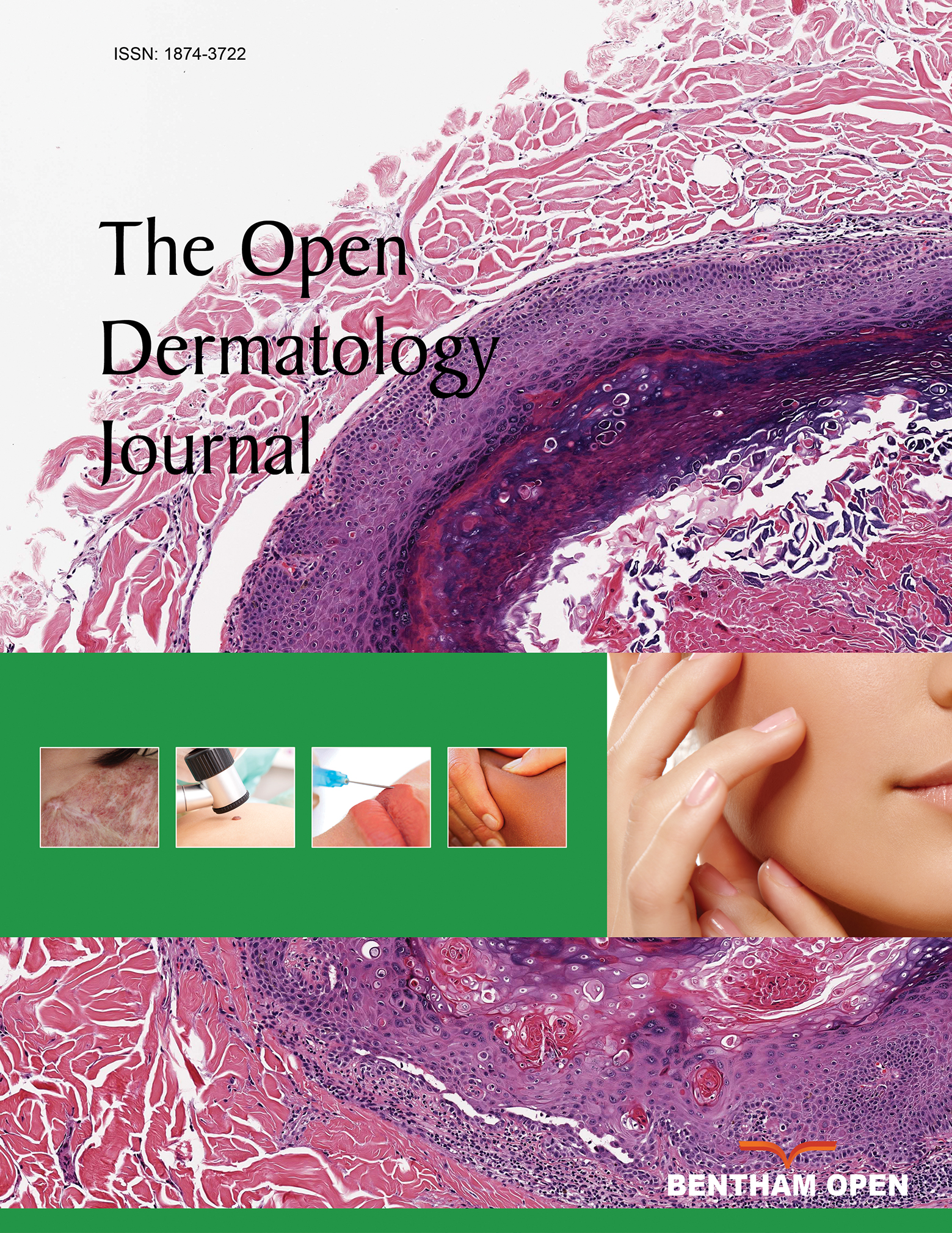All published articles of this journal are available on ScienceDirect.
Therapeutic Implications of Chemically- and Biologically-Altered Sebum Being One Cause of Seborrheic Dermatitis
Abstract
Background:
Seborrheic dermatitis affects approximately 2 to 5% of the populace. Interestingly, the term ‘seborrheic dermatitis’ is somewhat a misnomer as there is no direct quantitative relationship between the degree of sebaceous activity and susceptibility to seborrheic dermatitis.
Method:
A pilot study was performed to initiate assessment of patient satisfaction with oral minocycline and topical ketoconazole for seborrheic dermatitis, and in so doing, set a stage for discussion for a novel assessment on the pathophysiology of this condition.
Results:
Clinical improvement of seborrheic dermatitis occurred with oral minocycline and topical ketoconazole. In terms of all parameters studied, the condition improved with therapy and all patients desired to continue with the treatment regimen.
Conclusions:
One could speculate that the clinical benefit of seborrheic dermatitis with antibiotics is likely via its effect on the microbiology within the sebaceous unit as well as on the alterations which thereby occur to the composition of the sebaceous secretions as they pass through the pilosebaceous unit. After being secreted, human sebum can be altered by various factors including secretion of hyaluronidase, proteases, and lipases by P. acnes. A closer examination of the alteration in sebum content both in the seborrheic condition and in treatment therapies warrants further investigation.


